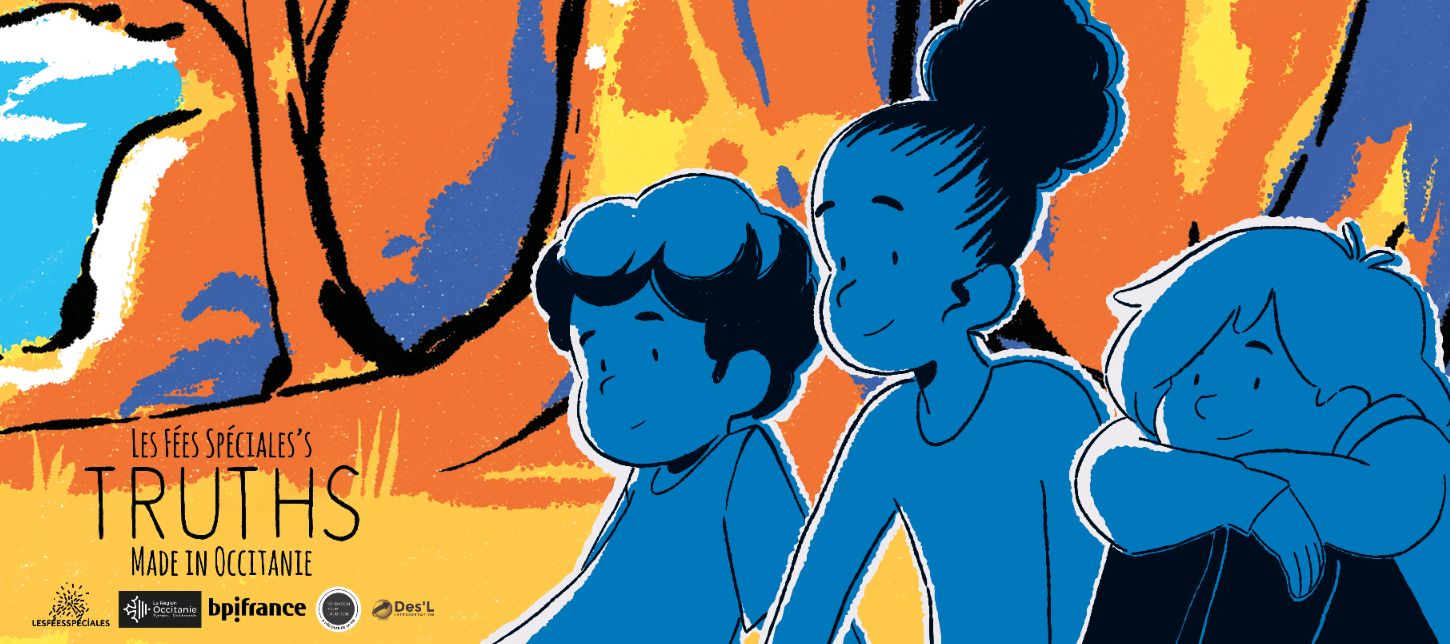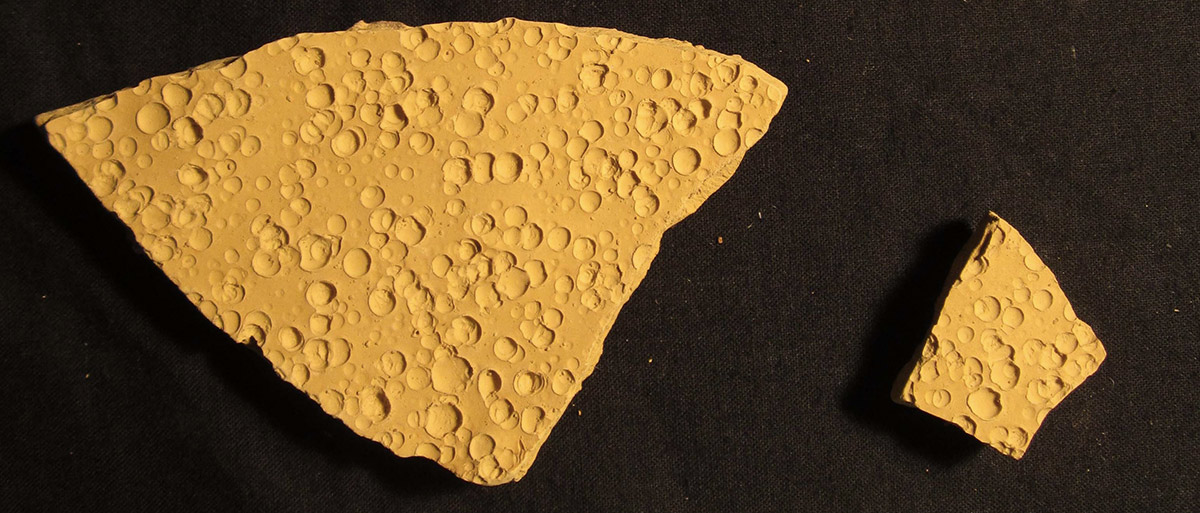Amelie presents our last tools and research made for Grease Pencil 2D/3D productions. From speeding up cleaning, managing colors, using Grease Pencil to generate 3D meshes to early research for adding rich details patterns and striokes to 2D animations, discover our latest work in this talk made during the Blender Conference 2022!
During 2020 and 2021 (during covid lockdowns), we created a maintained the whole pipeline for the feature film The Siren (by Sepideh Farsi). 8 studios where involved, and Blender was a the core of the pipeline. In this talk, made during the last Blender Conference 2022, you can discover the pipeline and workflow, the huge pile of free and open source technologies used to make this 1800+ shots movie.

This year we produced a 2-minute pilot episode using Blender 2.8 and the Grease Pencil. It’s our company Les Fées Spéciales’ first production in its own name, and we presented it last september in the biggest European pitching platform, the Cartoon Forum. In this article we cover where this project comes from and why we are doing it; how we switched to the Grease Pencil to handle the production process and what the future of the project is. We are thrilled to be able to talk about it.
Note that for a change, it’s not really a technical article, but more of a production making-of of that pilot.
In our article on the making of Antarctica, we used Open Street Map (OSM) to obtain the coordinates of points with which we can create a closed line, representing the coast boundaries of the Antarctic continent. In this article, we will explain how we send a request to the Overpass turbo server to get filtered data, then we show how we have manipulated the data in Blender to get a Antarctic Polar Stereographic projection (in the WGS84 coordinate system).
This article is part of a series on the making of the museum of Lodève.
For Lodève’s museum, we worked on many different aspects, short animation movies, cartographic video projections and 3D scans of fossils such as spoors or bones. For the latter, one topic of particular interest was the recreation of a 3D book of stratigraphic layers, such that you can turn and see the trace on the front, and the inverse trace on the back of each page.
In this article, we will explain how we have reproduced the double page for the fossil rain. The book is only meant to be educational, so we were allowed to recreate a surface with rain drop craters which were too small to be scanned with our equipment.

This article is part of a series on the making of the museum of Lodève. In the movies, there were scenes taking place in caves or at dusk. So we had to create a fire effect, with a cartoon render to suit the art direction, and that could have a torch-like movement.
We have tested many techniques in Blender or Fusion:
– mesh displacement,
– 2D texture with UV distorsions,
– particules with metaballs
– mask particules
– alpha additive particules
This exploration allowed us to find the most efficient ways of making fire according to the case, knowing that Blender was our main tool from layout to lighting, except for the compositing where Fusion was used.
In january 2017 we started working on the ambitious reopening of the Musée de Lodève, Lodève’s museum, a small town in the south of France. The project was already years in the making, and we jumped onboard to create more than an hour of movies for the three main themes: Geology (540 millions years of life and tectonics), Archaeology and Beaux-Arts (fine arts). In the near future we will be releasing some tools and making of made for that production. In the meantime, allow us to introduce the project and the grand opening which took place early July. Nothing technical for now, but the production background of that project which took us so much energy.

This article is available in French on the studio’s website / Cet article est disponible en français sur le site web du studio.

Antarctica is a documentary directed by Jérôme Bouvier and Marianne Cramer co-produced by Arte France, Paprika Films, Wild-Touch Production, Andromède Océanologie. It depicts the expedition led by Luc Jacquet to show and raise interest in the effects of climate change in the polar regions.
We produced animated sequences to illustrate the two films with cartographic images, to show natural phenomenons about the oceanic current, circumpolar current, ice melting, etc. We have also made “overlay graphics ?” to show how the fauna is adapted to the harsh climate.
In this article, we show two experimental processes using scientific data to make our cartographic animated sequences, with art direction by Eric Serre.